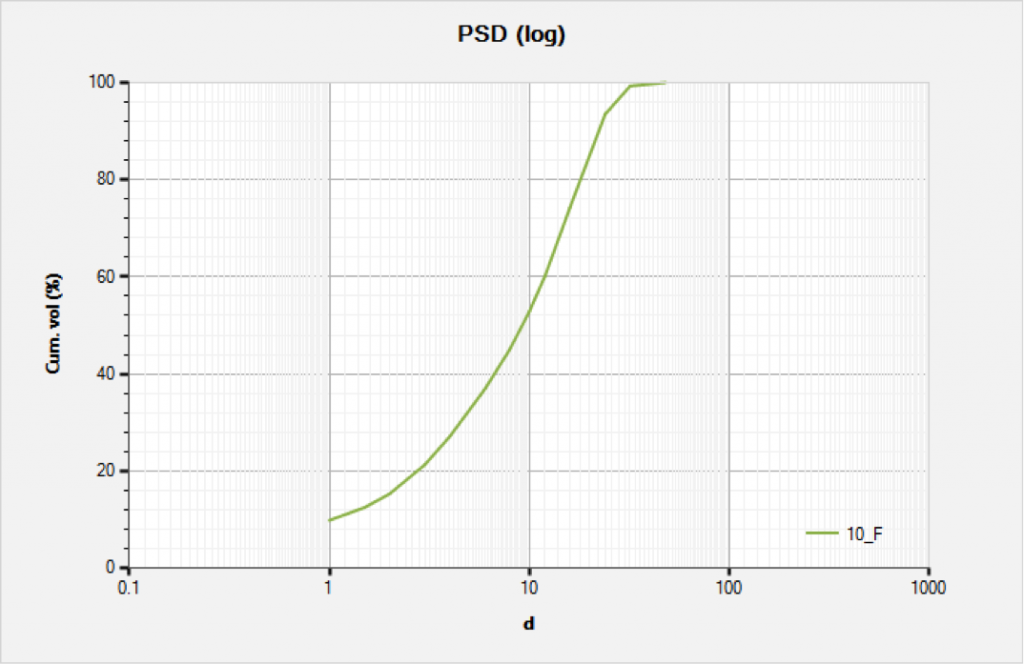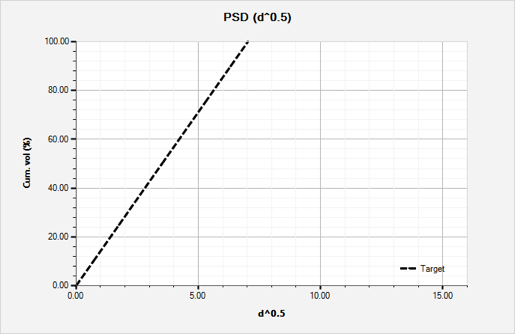The best way to optimize parameters is to use software like PVI’s BridgePRO, the bridging agent size selection software, to formulate the PSD to most effectively seal the reservoir formation. The software optimization simulation iterates up to 4,600,000 calculations to find the best possible solution according to the target line position, blend volume % of each product, coefficient of determination and the deviation results. The two optimization parameters to determine the best blend formulation are coefficient of determination and deviations.
- Coefficient of Determination, R2
Coefficient of determination [1] is a measure used in statistical model analysis to assess how well a model explains and predicts future outcomes. It is indicative of the level of explained variability in the model. The coefficient, also commonly known as R-square, is used as a guideline to measure the accuracy of the model.
BridgePRO uses the coefficient of determination to test the goodness of fit of the blend line to the target line. It is expressed as a value between zero and one. A value of one indicates a perfect fit. A value of zero, on the other hand, would indicate that the blend line fails to accurately model the target line. - Deviations
BridgePRO optimization simulation takes into account the deviation of five points on the formation characteristics target line with the corresponding points on the blend formulation line. The points considered on the cumulative volume % vs. diameter target and blend lines are D10, D25, D50, D75 and D90. Ideally, the best blend line should have the smallest and positive deviations. BridgePRO takes into account both coefficient of determination and the deviations to determine the best blend line slightly on the right side of the target line.
In conclusions, non-damaging RDF design starts with selecting bridging agents with an ideal size distribution to effectively seal the formation surface.
Abrams’ 1/3 rule defines the effectiveness of a bridging material to initial mud solids invasion. However, it does not give optimum size or address the best packing sequence of particle size for minimizing fluid invasion and optimizing sealing.
The ideal packing theory defines the full particle range required to seal all pores, even those created by the bridging agents.
BridgePRO simulation finds the best possible blend formulation according to the target line position, blend volume % of each product, coefficient of determination and the deviation results.
References
- Pavel E. Guarisma, Least squares regression, North Carolina State University, http://herkimershideaway.org/apstatistics/ymmsum99/ymm333.htm


